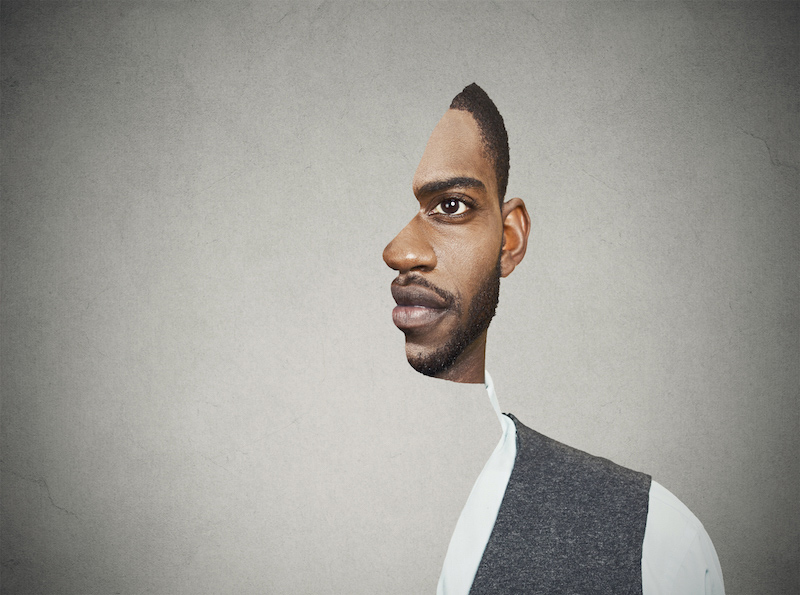
Single sided deafness, or unilateral hearing loss is more common than people realize, particularly in kids. Age-related hearing loss, which worries many adults sooner or later, will become lateral, that is, it affects both ears to some point. As a result, the public sees hearing loss as being binary — someone has typical hearing in both ears or decreased hearing on both sides, but that ignores one particular form of hearing loss entirely.
A 1998 study thought that approximately 400,000 kids had a unilateral hearing loss due to trauma or disease at the time. It’s safe to say this number has gone up in that last two decades. The fact is single-sided hearing loss does happen and it brings with it complications.
What’s Single-Sided hearing loss and What Makes It?
As the name suggests, single-sided hearing loss suggests a reduction in hearing only in one ear.In intense cases, deep deafness is possible. The nonfunctioning ear is incapable of hearing whatsoever and that individual is left with monaural sound quality — their hearing is limited to a side of their human body.
Reasons for premature hearing loss differ. It may be caused by trauma, for instance, a person standing beside gunfire on the left might end up with profound or moderate hearing loss in that ear. A disorder may lead to this problem, too, for example:
- Acoustic neuroma
- Measles
- Waardenburg syndrome
- Meningitis
- Mastoiditis
- Mumps
- Microtia
Whatever the cause, an individual with unilateral hearing needs to adapt to a different method of processing audio.
Management of the Audio
The brain uses the ears almost just like a compass. It identifies the direction of sound based on what ear registers it first and at the maximum volume. When a person speaks to you while standing on the left, the brain sends a message to turn in that direction.
With the single-sided hearing loss, the noise will only come in one ear no matter what way it originates. In case you have hearing in the left ear, then your mind will turn left to search for the noise even if the person talking is on the right.
Pause for a second and consider what that would be like. The audio would always enter 1 side regardless of where what direction it comes from. How would you know where an individual speaking to you is standing? Even if the hearing loss isn’t profound, sound management is catchy.
Focusing on Audio
The mind also employs the ears to filter out background sound. It tells one ear, the one nearest to the sound that you want to focus on, to listen for a voice. The other ear handles the background noises. This is precisely why in a noisy restaurant, you can still concentrate on the dialogue at the table.
When you don’t have that tool, the mind becomes confused. It’s not able to filter out background noises like a fan running, so that’s all you hear.
The mind has a lot happening at any one time but having use of two ears enables it to multitask. That’s the reason you’re able to sit and read your social media account while watching TV or having a conversation. With only one functioning ear, the brain loses the ability to do one thing when listening. It must prioritize between what you see and what you hear, so you tend to miss out on the dialogue around you while you navigate your newsfeed.
The Head Shadow Impact
The mind shadow effect describes how certain sounds are inaccessible to a person having a unilateral hearing loss. Low tones have extended frequencies so that they bend enough to wrap around the mind and reach the ear. High pitches have shorter wavelengths and do not endure the journey.
If you’re standing beside an individual having a high pitched voice, then you may not know what they say unless you flip so the working ear is on their side. On the other hand, you may hear someone with a deep voice just fine regardless of what side they are on because they produce longer sound waves that make it to either ear.
People with only slight hearing loss in only one ear have a tendency to adapt. They learn quickly to turn their mind a certain way to hear a friend talk, for example. For those who battle with single-sided hearing loss, a hearing aid may be work around that returns their lateral hearing to them.
